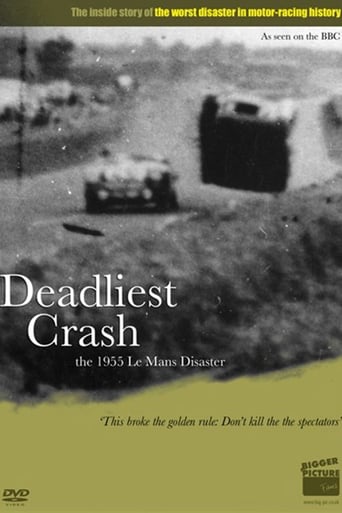
16 May 2010

Deadliest Crash: The Le Mans 1955 Disaster
Three years in the making in conjunction with the BBC. Using never seen before home movies, photos and eye witness accounts - this is the inside story of the world's biggest motorsport disaster.
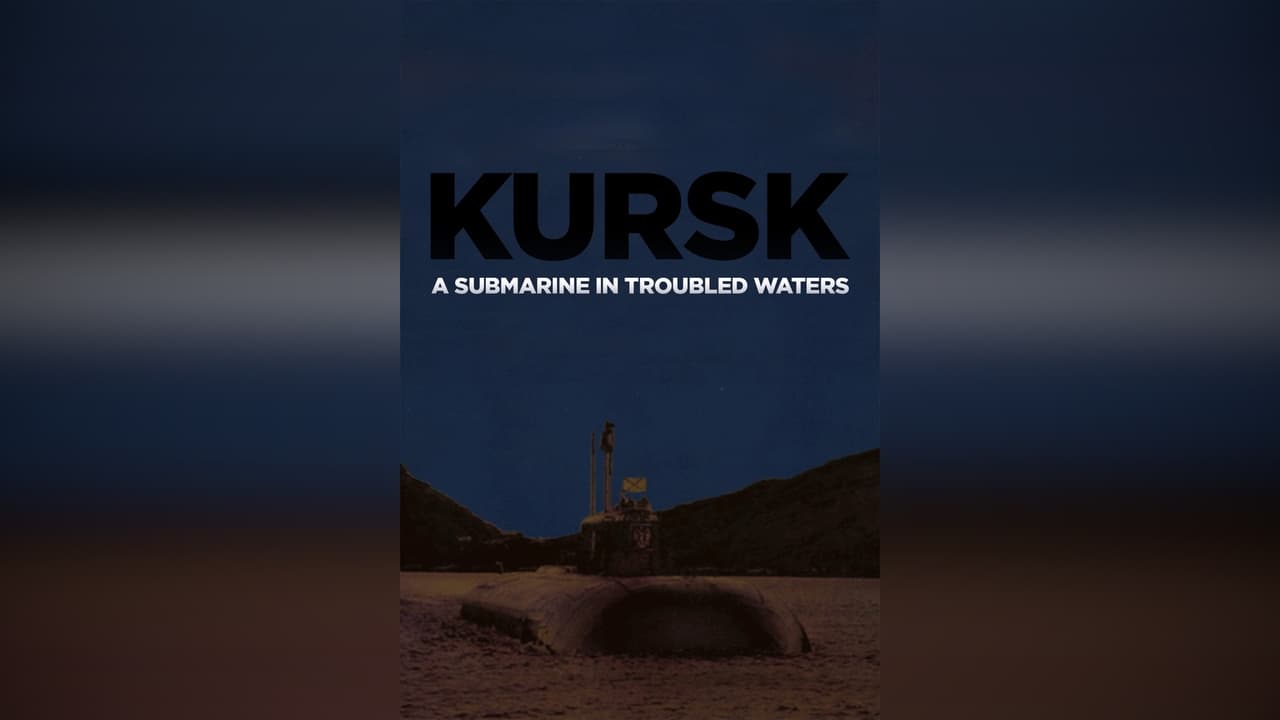
Kursk
A remarkable documentary that delves deep into the mysterious and murky circumstances surrounding the Kursk submarine sinking.

Narrator

Narrator (Voice)

16 May 2010

Three years in the making in conjunction with the BBC. Using never seen before home movies, photos and eye witness accounts - this is the inside story of the world's biggest motorsport disaster.
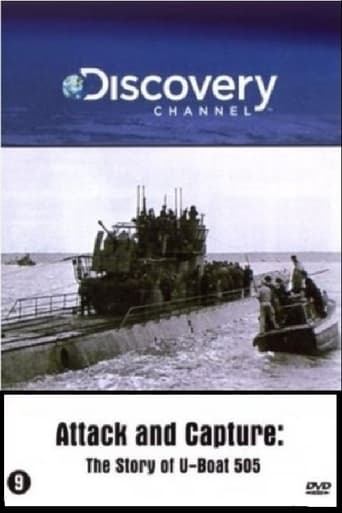
01 Jan 2002

On June 4, 1944 Captain Daniel Gallery and his men of the U.S. Naval Task Force 22.3 did the nearly impossible - they captured a German U-boat. It was the first enemy vessel-of-war captured in battle on the high seas by the U.S. Navy since 1815. Climb aboard the historic U-505 and relive its journey from a powerhouse of the German fleet to a display at the Museum of Science and Industry in Chicago. Witness archival footage and rare interviews with both German and American crew members involved in the capture of the U-505. And view even rarer footage of Captains Daniel Gallery and Harold Lange, captain of the 505 at the time of its capture..
21 Nov 2016
On the 19th of November 2010, the Pike River mine exploded with 31 men trapped inside. In the immediate confusion that followed no one knew what had happened. Within hours two men would manage a heroic escape but 29 remained unaccounted for. Over five days the men’s families and loved ones waited, hoping they would come out alive. Then two further explosions sealed the men’s fate. However, the fuse that would eventually snuff out so many lives was lit decades before. Set in the drama of the five days between the three explosions, Pike River reveals the tragic back story of the mine where pressure for profits would eventually contribute to the deaths of 29 men. Featuring interviews with the Pike River families and scripted drama to depict key events.
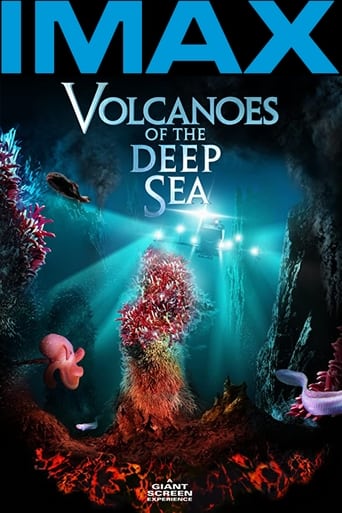
14 Sep 2003

12,000 feet down, life is erupting. Alvin, a deep-sea mechanized probe, makes a voyage some 12,000 feet underwater to explore the Azores, a constantly-erupting volcanic rift between Europe and North America.
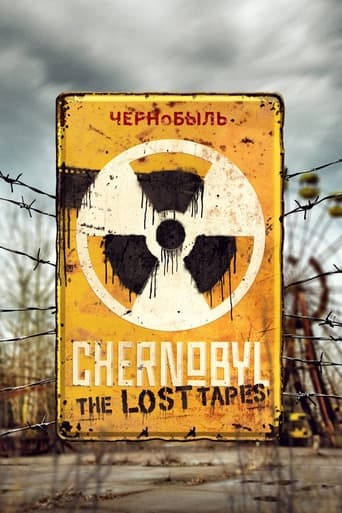
28 Feb 2022

Thirty-six years after the Chernobyl nuclear reactor exploded in Soviet Ukraine, newly uncovered archival footage and recorded interviews with those who were present paint an emotional and gripping portrait of the extent and gravity of the disaster and the lengths to which the Soviet government went to cover up the incident, including the soldiers sent in to “liquidate” the damage. Chernobyl: The Lost Tapes is the full, unvarnished true story of what happened in one of the least understood tragedies of the twentieth century.
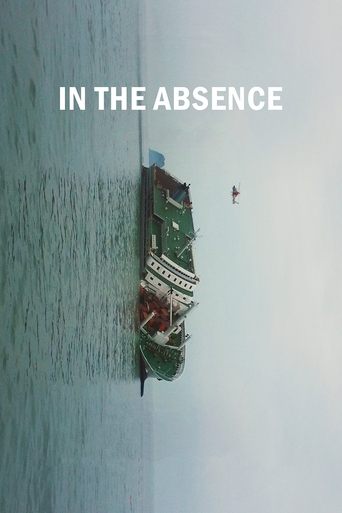
09 Nov 2018

When the MV Sewol ferry sank off the coast of South Korea in 2014, over three hundred people lost their lives, most of them schoolchildren. Years later, the victims’ families and survivors are still demanding justice from national authorities.

17 Nov 2019

An homage to the weird and wonderful world of B-movies, this short fauxdocumentary by film artist Chris Gerrard splices together classic clips with some new footage to tell the ludicrously fake story of the mysterious people (and things) lurking beneath us in the eerie River Tay. Feast your eyes on this unique archaeology of aquatic-themed film.
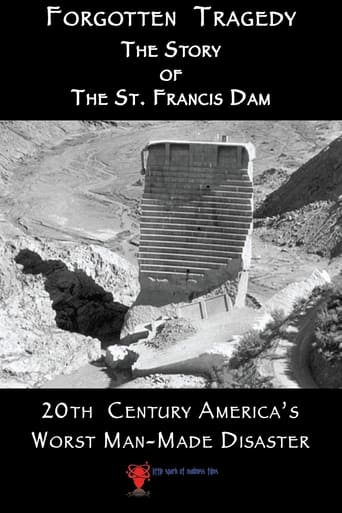
30 Nov 2018

The largest man-made disaster of the 20th century, now largely lost to history. A journey through the early history of Los Angeles and the city's water needs. Ever-growing demand led to larger and larger projects, and eventually to tragedy. The history of the tragedy, the role of William Mulholland in the disaster and the city's water development, and how the lessons of the tragedy reflect on our current infrastructure needs today.

24 Feb 2013

The De Havilland Comet was the world's first passenger jet airliner. But less than two years into service, two aircraft blew up in mid-air, killing all aboard. PM Winston Churchill ordered an assemblage of experts to discover what went wrong - in the process, inventing many of the air crash investigation techniques still used today.
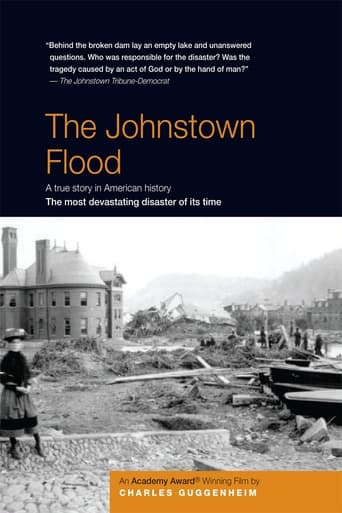
01 Jan 1989

On May 30, 1889 the South Fork Dam, which maintained a pleasure lake for wealthy Pittsburgh industrialists and their families, failed due to very heavy rains and poor maintenance by the dam's owners. The burst dam sent a wall of water and debris, 40 feet high and half a mile wide, 14 miles downstream to the bustling industrial city of Johnstown, Pennsylvania. More than 2000 people lost their lives in the disaster. This documentary tells the story, and tells us that the disaster was easily avoidable.
04 Feb 2010
The story of Australia’s worst peacetime disaster On 7th February 2009, Australia suffered its worst peacetime disaster ‘Black Saturday’ claimed 173 lives, left more than 7,000 homeless and destroyed close to half a million hectares of Victorian bushland

25 Jun 2011

Documentary short about the disastrous dangers of aging, ailing dams.
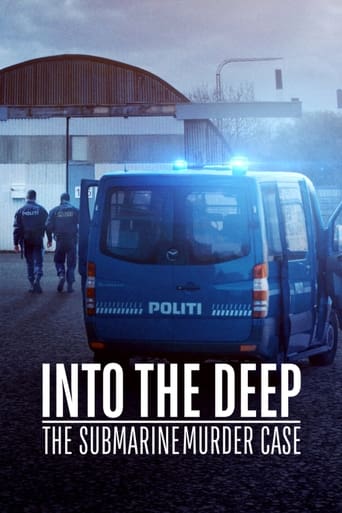
23 Jan 2020

In 2016, a young Austrialian filmmaker began documenting amateur inventor Peter Madsen. One year in, Madsen brutally murdered Kim Wall aboard his homemade submarine. An unprecedented revelation of a killer and the journey his young helpers take as they reckon with their own complicity and prepare to testify.
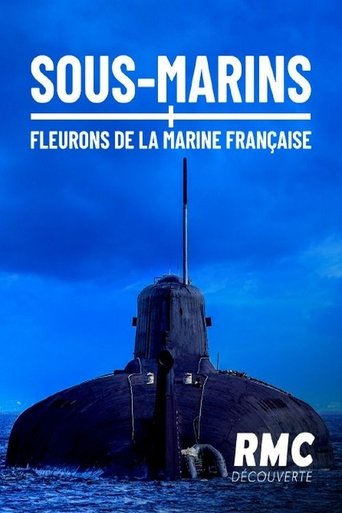
16 Nov 2017

No overview found
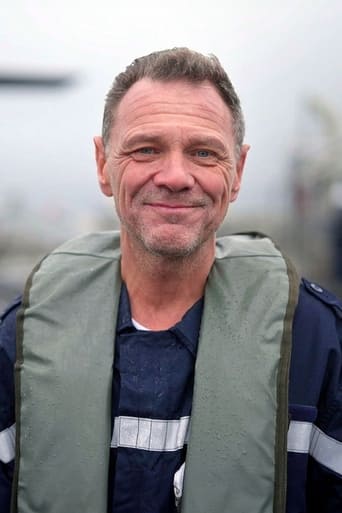
04 Sep 2024

No overview found
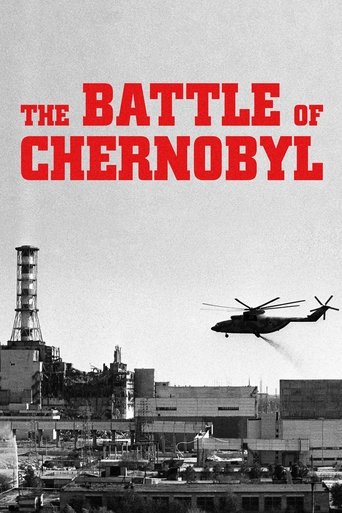
28 Jan 2007

On April 26, 1986, a 1,000 feet high flame rises into the sky of the Ukraine. The fourth reactor of the Chernobyl nuclear power plant just exploded. A battle begins in which 500,000 men are engaged throughout the Soviet Union to "liquidate" the radioactivity, build the "sarcophagus" of the damaged reactor and save the world from a second explosion that would have destroyed half of Europe. Become a reference film, this documentary combines testimonials and unseen footage, tells for the first time the Battle of Chernobyl.
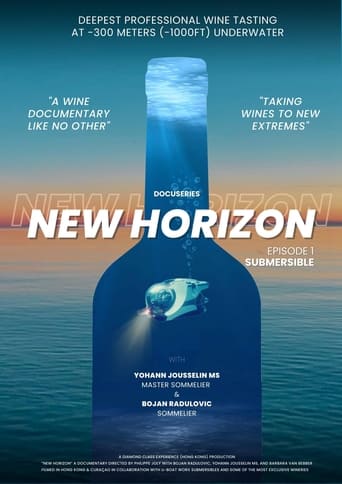

A wine documentary exploring the most suitable types of wine in extreme environments for the future of tourism. Episode 1 follows sommelier Bojan Radulovic and the deepest professional wine tasting ever attempted at -300m in a submersible.

10 Jan 2021

In 1981, a film about the misadventures of a German U-boat crew in 1941 becomes a worldwide hit almost four decades after the end of the World War II. Millions of viewers worldwide make Das Boot the most internationally successful German film of all time. But due to disputes over the script, accidents on the set, and voices accusing the makers of glorifying the war, the project was many times on the verge of being cancelled.
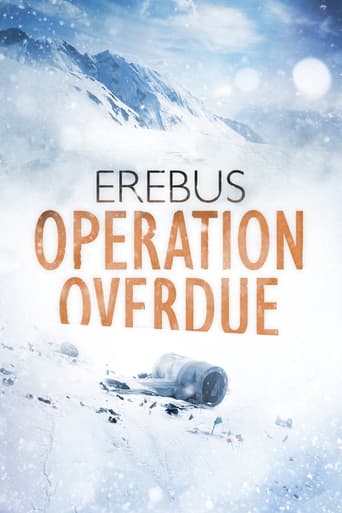
13 Jul 2014

On 28 November 1979, an Air New Zealand jet with 257 passengers went missing during a sightseeing tour over Antarctica. Within hours 11 ordinary police officers were called to duty to face the formidable Mount Erebus. As the police recovered the victims, an investigation team tried to uncover the mystery of how a jet could fly into a mountain in broad daylight. Did the airline have a secret it wanted to bury? This film tells the story of four New Zealand police officers who went to Antarctica as part of the police operation to recover the victims of the crash. Set in the beautiful yet hostile environment of Antarctica, this is the emotional and compelling true story of an extraordinary police operation.
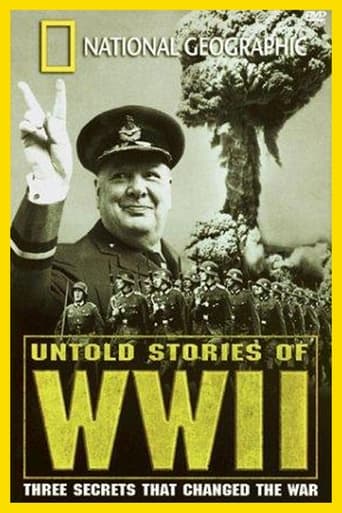
01 Jan 1998

Showcases 3 major events during World War 2 involving both the Europeans & Pacific conflicts. The Raids to destroy Nazi Germany's heavy water production based in Norway, plus the final desperate act to deny them what had already been stockpiled. The Japanese midget submarines role and participation in the attack on Pearl Harbor, December 7, 1941. What they achieved plus what was their ultimate fate. The attacks on United States warships in the Pacific late in World War 2 by the Japanese Kamikaze and Okha Squadrons. The Kamikaze attacks were in whatever planes the Japanese forces were able to gather. The Okha attacks were made in specially built flying bombs that were towed by larger and usually slower aircraft that were not suitable for fighter work.